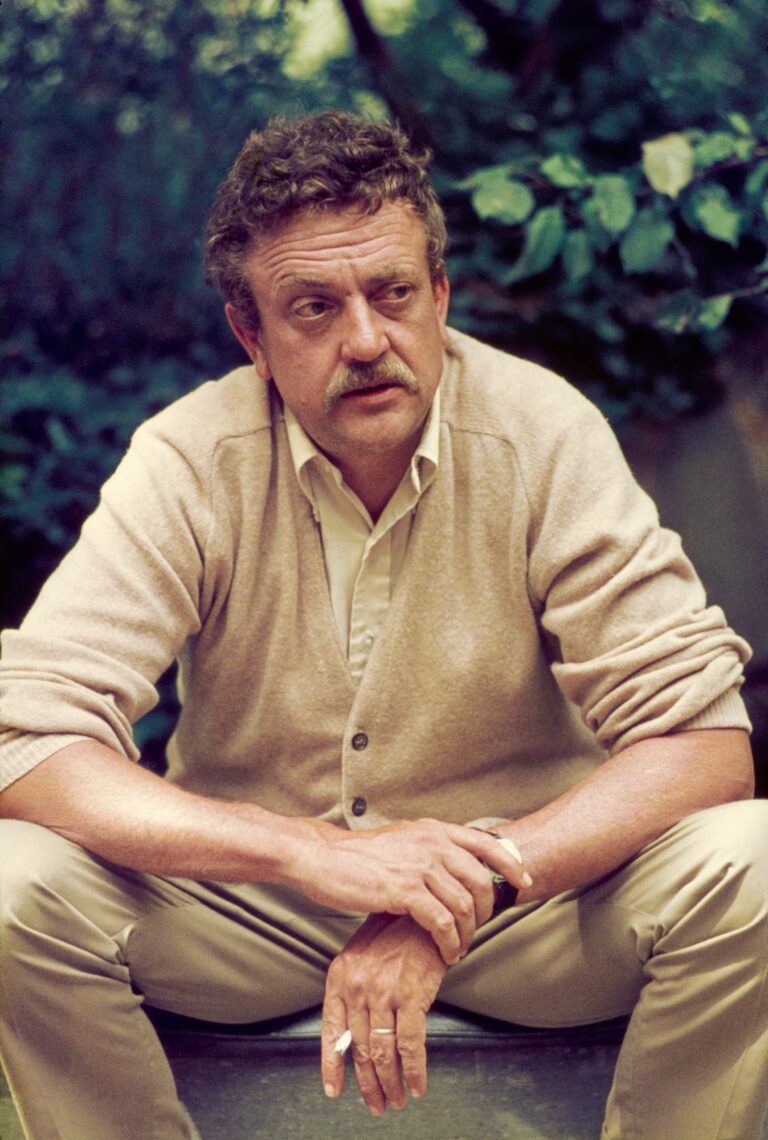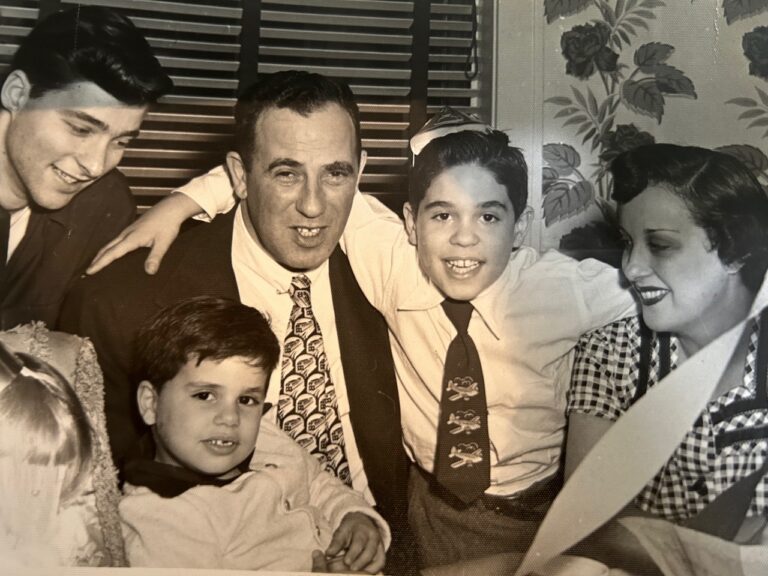Evanston RoundTable, May 31, 2018
Among the gregarious and hilarious regulars at the men’s locker room at the McGaw YMCA, where we regularly consider the wisdom and stupidity of the world, one recent conversation centered on an interesting question: what will life be like in 100 years?
A consensus emerged that things will, by and large, be better. Surely, people agreed, cancer will be at thing of the past. Commuting to the moon and Mars might be commonplace, and the average lifespan will exceed 120 years. Perhaps scientists will have figured out how people can stay sharp and refreshed on three or four hours of sleep a night. Imagine the boon to humanity if everyone could find an extra thousand hours a year for creating and inventing.
Of course, this all may seem naïve and fantastical, like the ruling world government H.G. Wells long ago predicted. But think of the progress that has been made in the last hundred years. A century ago, “Technology was meager, financial ruin was one downturn away…and the choices that Americans have come to expect—in their cars, clothes, food and homes—were [limited] by a monotonous consumer economy,” according to a fascinating article in the February 2016 issue of the Atlantic Monthly.
Manufacturing workers averaged 55 hours a week, and the fatality rate from workplace accidents was 30 times what it is today.
Women didn’t get the vote until 2020 and were confined mostly to teaching jobs. There was no Social Security; growing old was hazardous. Former Speaker of the House Thomas P. (Tip) O’Neil, who died in 1994, described the America of his youth as “a desperate place. Half the people live in poverty…Life for the elderly is filled with uncertainty, dependency and horror. When you get old, you are without income, without hope.”
Americans on average spent one-third of their income on food, double the percentage today. Owning a home was highly unusual, about one-third the rate of home ownership now. Infant mortality was tragically common. One in 10 infants died in their first year; now it is less than six in 1,000. In 1920 fewer than 30% of American teens were in high school; the rest were already in the workforce.
Horses for work and transportation were still ubiquitous. There were very few cars. Most people did not have telephones, a refrigerator or a radio.
The average lifespan in 1918 (when the flu pandemic was rampant) was 37 years for men and 42 for women, about half what it is today.
In most respects it was a different world, a different way of life.
Of course, the pace of change is never the same from century to century. The next hundred years might be far less dramatic and beneficial than the last one. Or it might be more. All we can do is look back and marvel at the differences between 1918 and today.
Hard to imagine, and yet imagine we must, because imagining a better future is the first step to achieving it.




+ There are no comments
Add yours